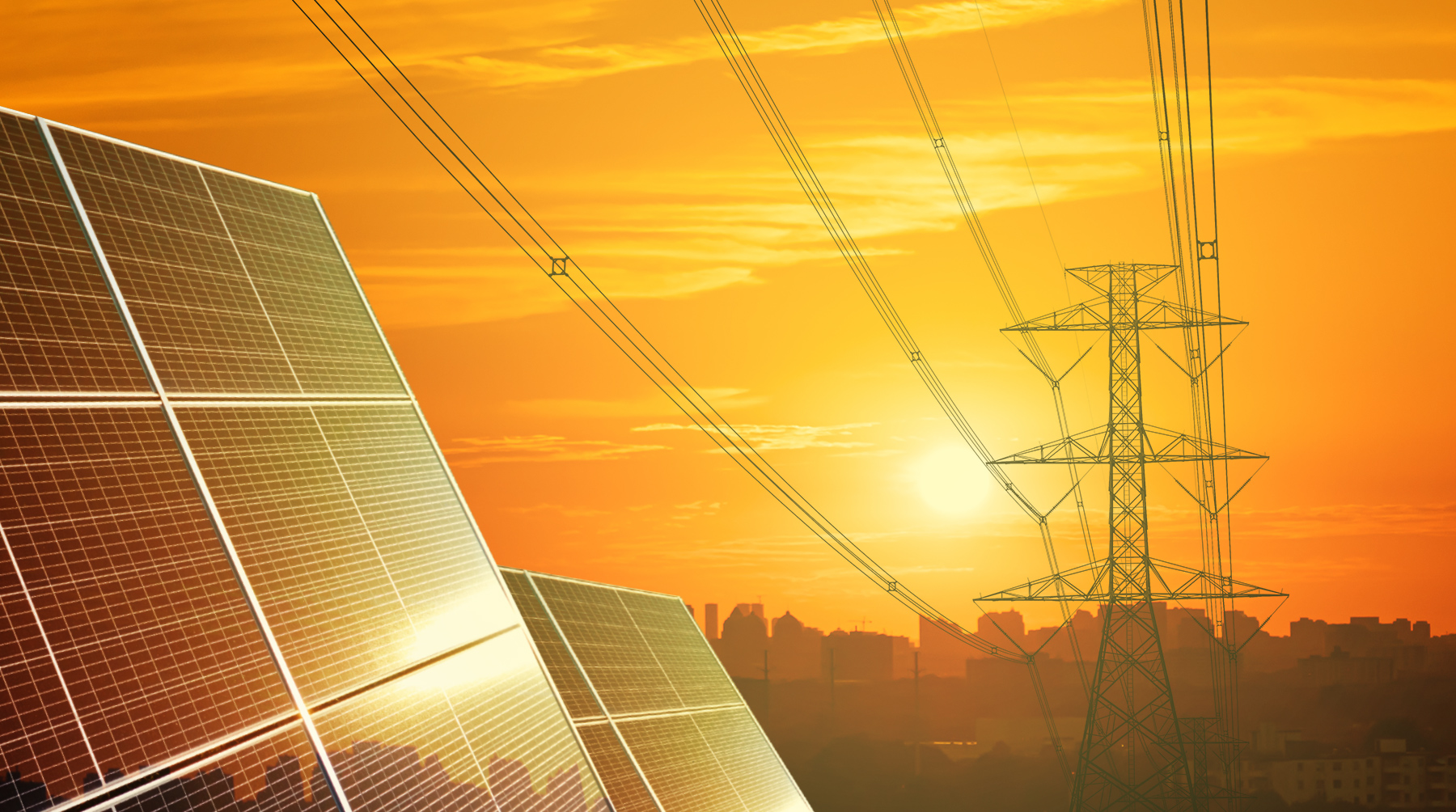Written by Dr Stephen Pritchard Senior Electrical Engineer at Evergen
With the advent of cost-effective, mature, large-scale renewable energy, Australia’s grid is transitioning to a cleaner, more decentralised format.
These changes bring new challenges for ensuring grid stability. Large-scale battery storage can help to provide this stability, delivering a robust grid even with high levels of renewable energy.
This future is not too far off. Over the past two years, a variety of large battery project proposals have been announced in every State of the National Electricity Market. Some of these are already operational, including Australia’s largest battery project, the 450MWh big battery installed in the Victorian city of Geelong. The 193.5MWh Hornsdale Power Reserve is another large battery project that began operation in 2017.
Australia has installed substantial amounts of renewable energy over the past decade and longer, with plenty more expected over the next 10 years. This includes both large wind farms and solar farms, but also rooftop solar on homes. The demand for solar power has skyrocketed in Australia – with more than 3 million households tapping into rooftop solar – and Australia now has the highest level of installed solar power per person in the world.
Why does that matter?
To keep the lights on, our electricity network needs to maintain a constant balance between electricity generation and use. The Australian Electricity Market Operator (AEMO) and local network operators work to ensure balance by forecasting how electricity is used, ensuring we have adequate grid infrastructure, and scheduling generation to match the demand for electricity.
Renewable energy such as wind and solar power is weather dependent, meaning that individual renewable generators are difficult to schedule. To date, this variation has been adequately forecast and planned for, but the shift to having large amounts of variable generation can create headaches for grid operators trying to maintain grid stability.
In addition to the generation-demand balance, grid stability depends on what’s called ‘inertia’, which is essentially the continual movement of large, spinning turbines inside big generators. Inertia means that if one piece of critical infrastructure goes offline, other generators contain enough momentum to dampen sudden changes in grid conditions, thereby helping to maintain grid stability. Without grid inertia, the grid is at higher risk of a single failure cascading into a system wide blackout.
Historically, variable generators such as wind and solar do not provide inertia to the grid. As a result, large amounts of renewable generation can lead to low-inertia conditions. During the middle of the day, when there are large amounts of solar generation, other inertia-providing generators are ramped down to maintain the generation-demand balance, but this reduces grid inertia and could contribute to instability.
To some extent, the wholesale electricity market works to handle these issues through price changes. We are now seeing an increase in the number of days when the wholesale price of electricity is actually negative – meaning it costs generators to deliver electricity! This is a price signal to all generators that there is enough generation and no more is needed, and it often occurs during cool but very sunny days in Spring and Autumn, when solar output is very high, but electricity use for heating and cooling is low.
While households mostly do not have to directly respond to these price fluctuations in the wholesale market, there are changes that do now impact customers. We are already seeing limits being placed on new rooftop solar power systems, which constrain how much solar a household can feed into the grid. On top of this, we are also already seeing that the price paid to households for feeding their excess solar back to the grid are falling. Gone are the heady days of feed-in prices being more than 20c/kWh, now prices less than 6c/kWh are commonplace. Over the next few years we will also see solar power system owners potentially charged for the right to export excess solar to the grid without restriction. Some network operators are also seeking the ability to shut down residential rooftop solar power systems when the grid is under pressure. Australian households increasingly wish to play a role in reducing their contribution to climate change by installing solar panels, but a network not originally designed to handle solar power at volume, and the need for grid stability get in the way.
Battery storage is one of the solutions to these issues.
Battery storage very broadly allows excess generation to be stored for when it is needed. For example, batteries could soak up excess solar generation during the middle of the day when the sun is at its strongest and when the wholesale market price is low. They can store this energy and discharge to deliver electricity in the late afternoon and evening when the sun is waning and electricity use and prices are more often high. This both helps grid operators to manage the variability of wind and solar generation, while also allowing the battery operator to make money by charging from the grid at a low price, and discharging to the grid at a high price.
Additionally, large batteries are able to respond extremely quickly to grid disturbances. If a big generator goes offline or a key transmission line fails, a large battery can step in and either charge or discharge as required to help keep the grid stable, and get paid for doing so. Batteries can respond to events like this in less than a second, and support the grid until normal market processes can bring additional generation online to cover the shortfall.
Over the past two years, an exciting development is the advent of large batteries that are also able to artificially create inertia on the grid, and help to maintain grid stability under extreme conditions.
There are lucrative rewards for battery providers that can quickly respond and stabilise the grid. While the initial cost of investing in large batteries has been a barrier, the uptake of renewable energy, technological advancement and price reductions mean that the next decade will see many large batteries installed right around Australia. We also know the market for smaller-scale battery operators is building momentum and that this process will continue. By 2030, large battery installations will be commonplace, and this is a great thing because the knock on impact is that we will have a very stable electricity supply, powered increasingly by clean renewable energy.




